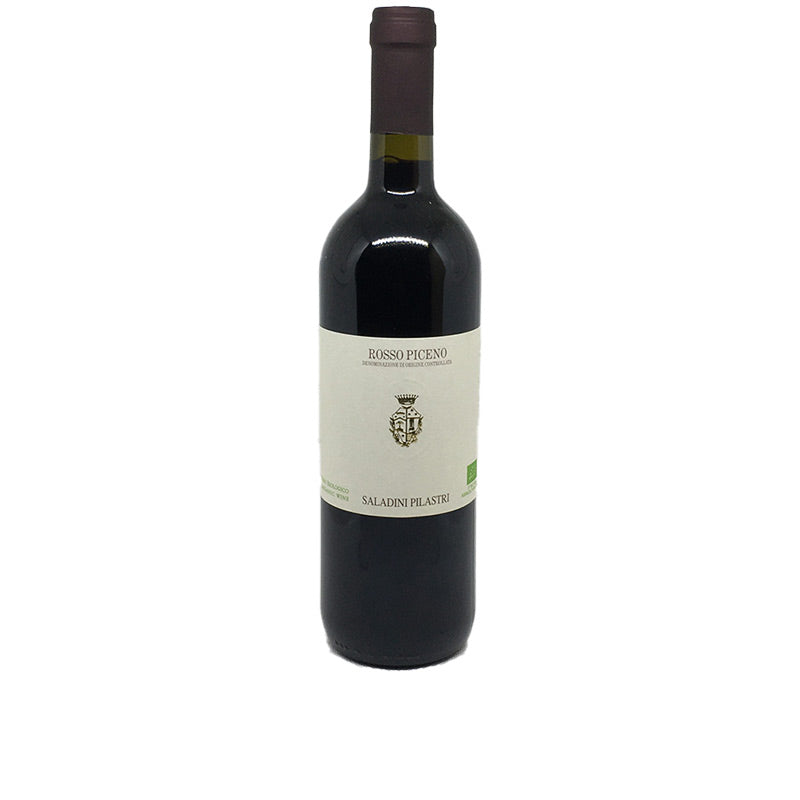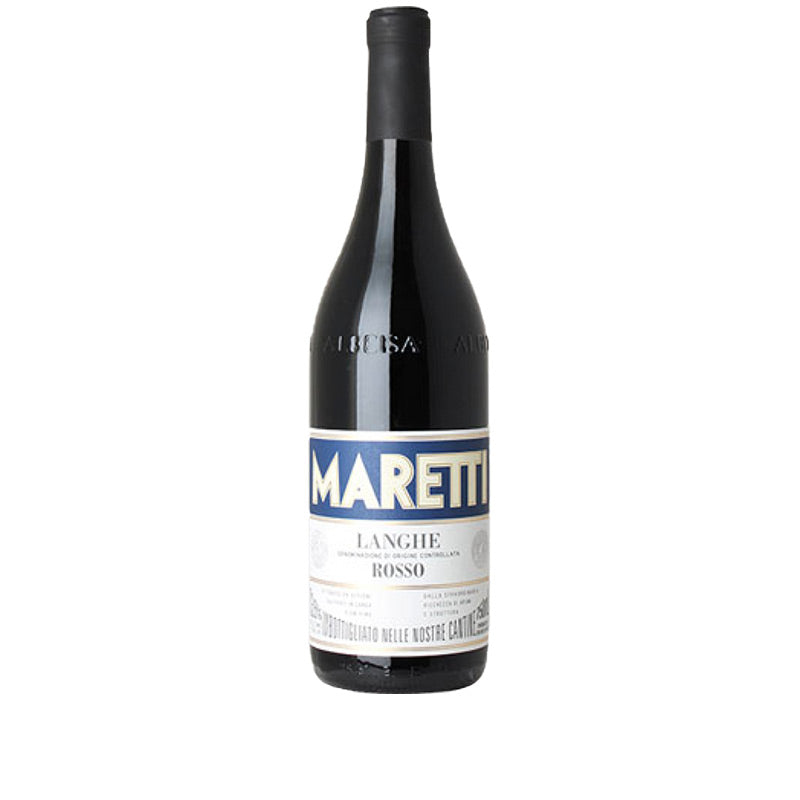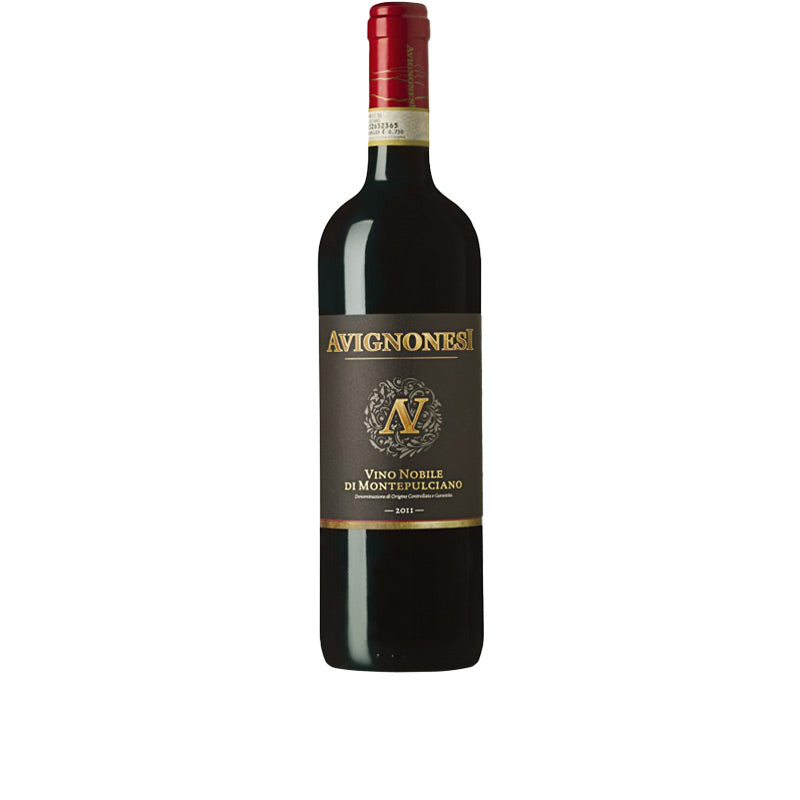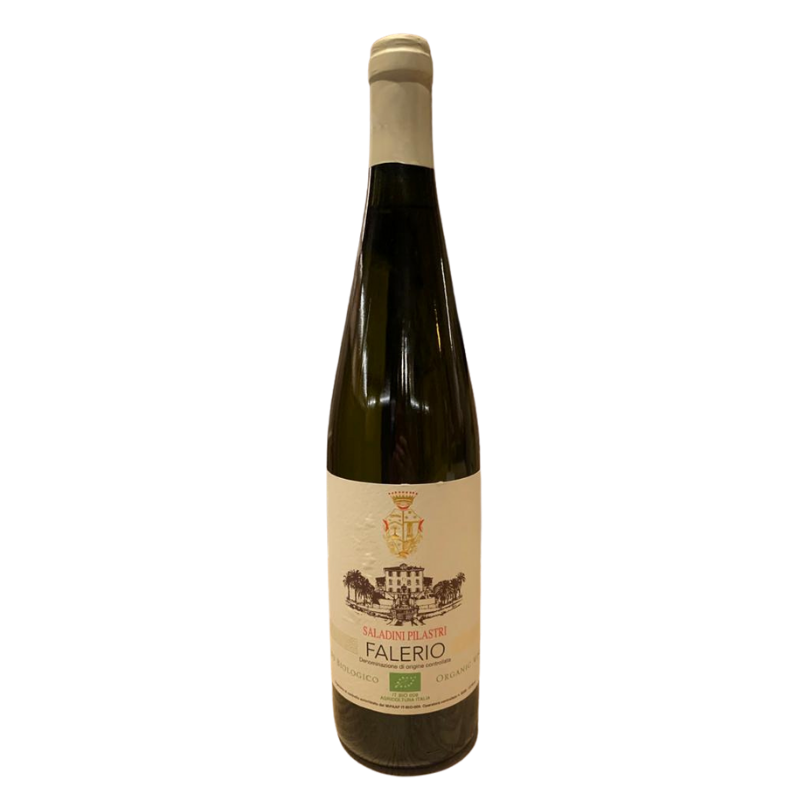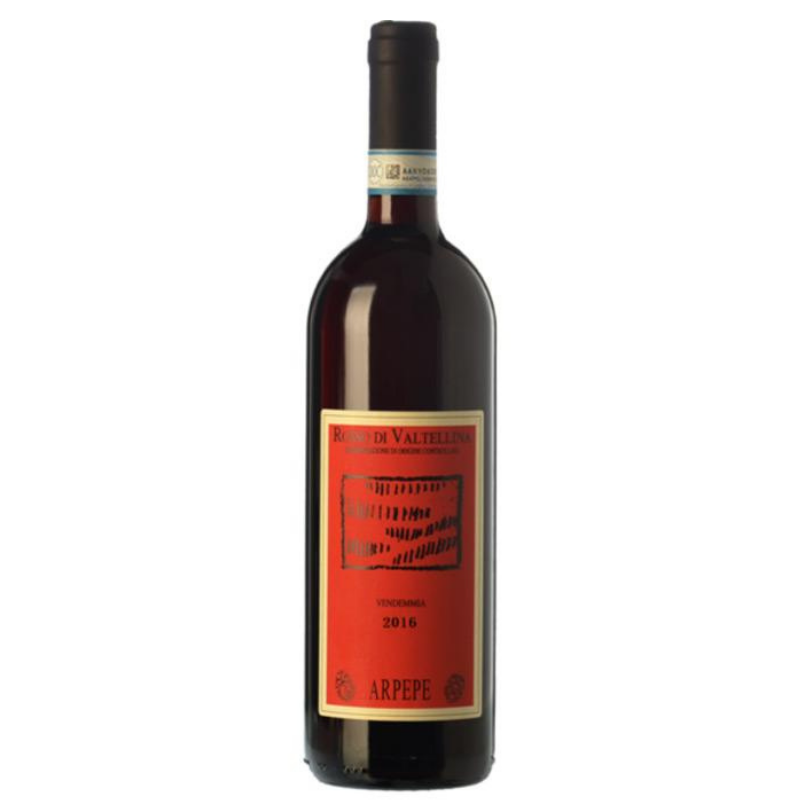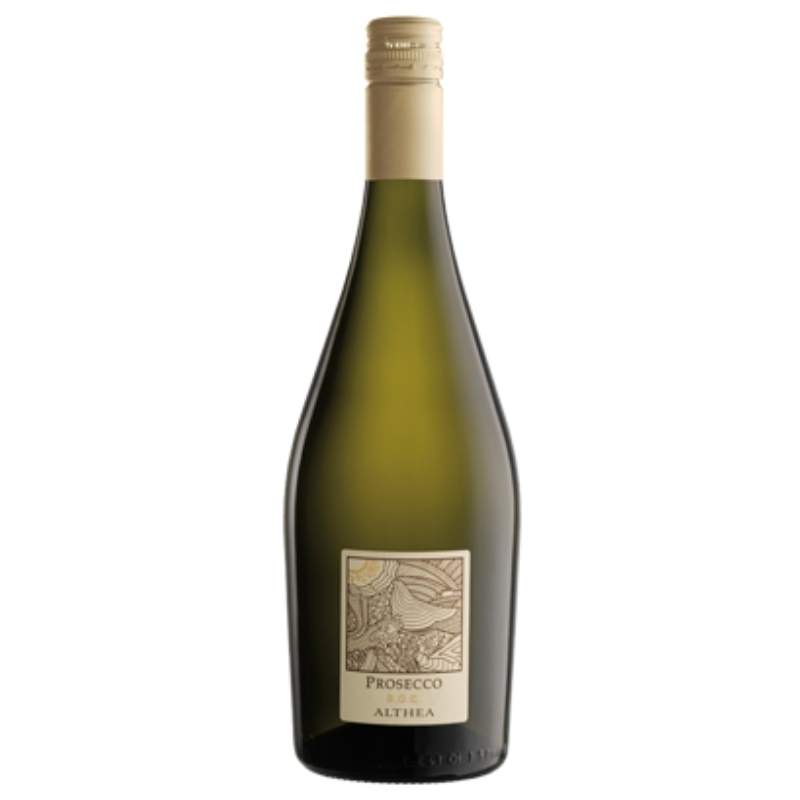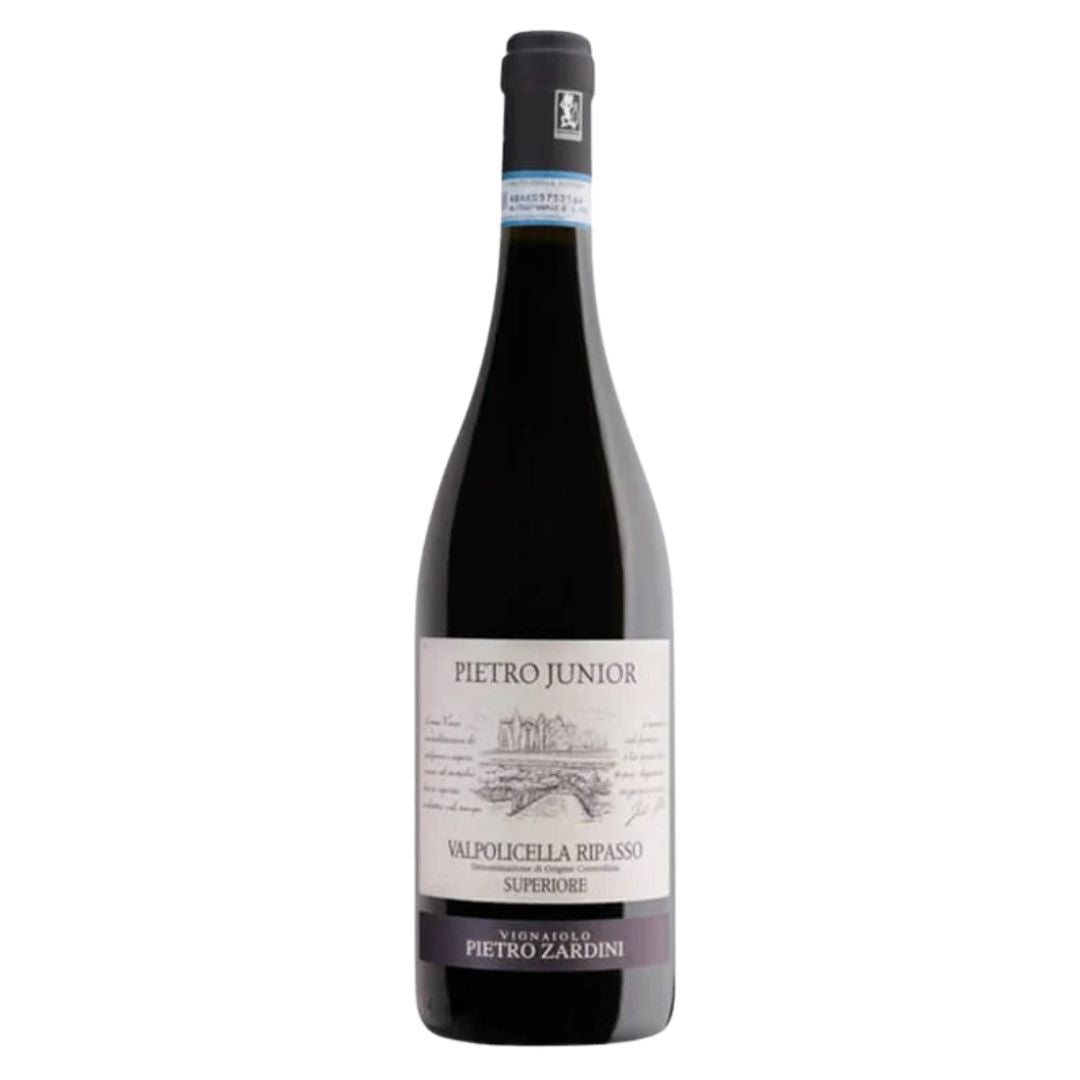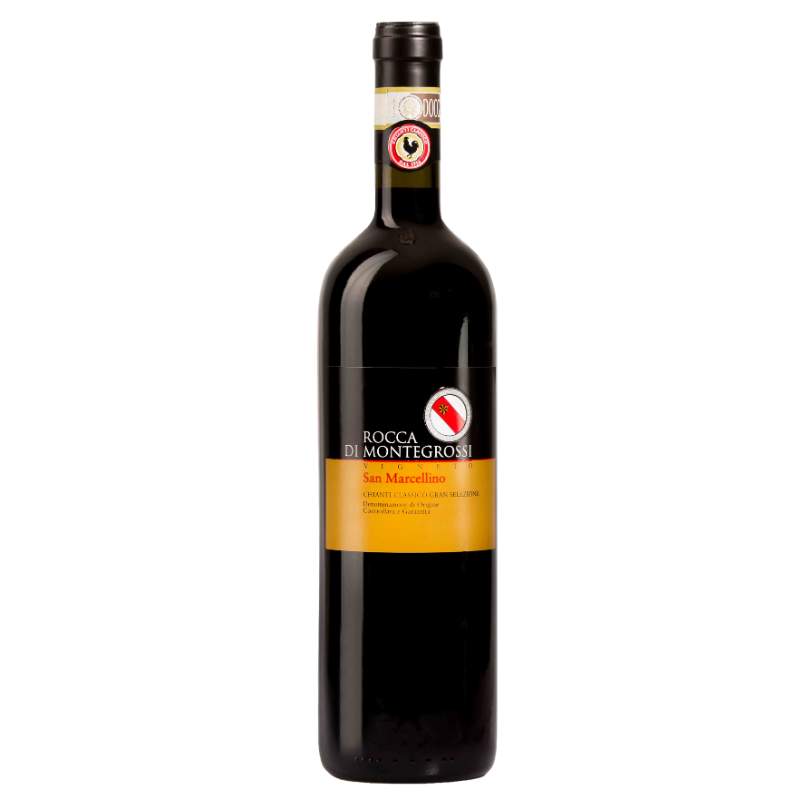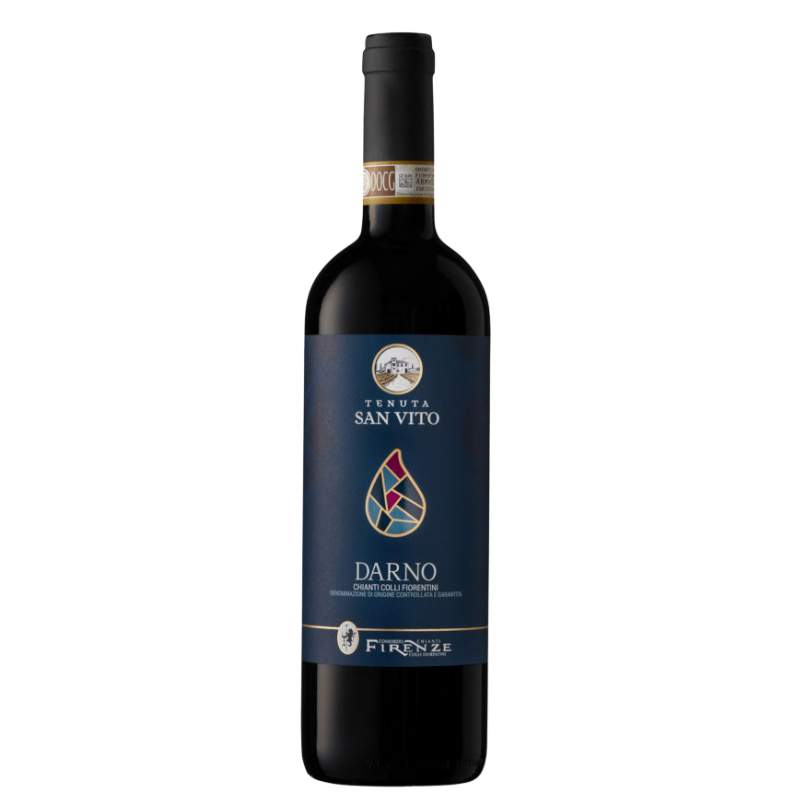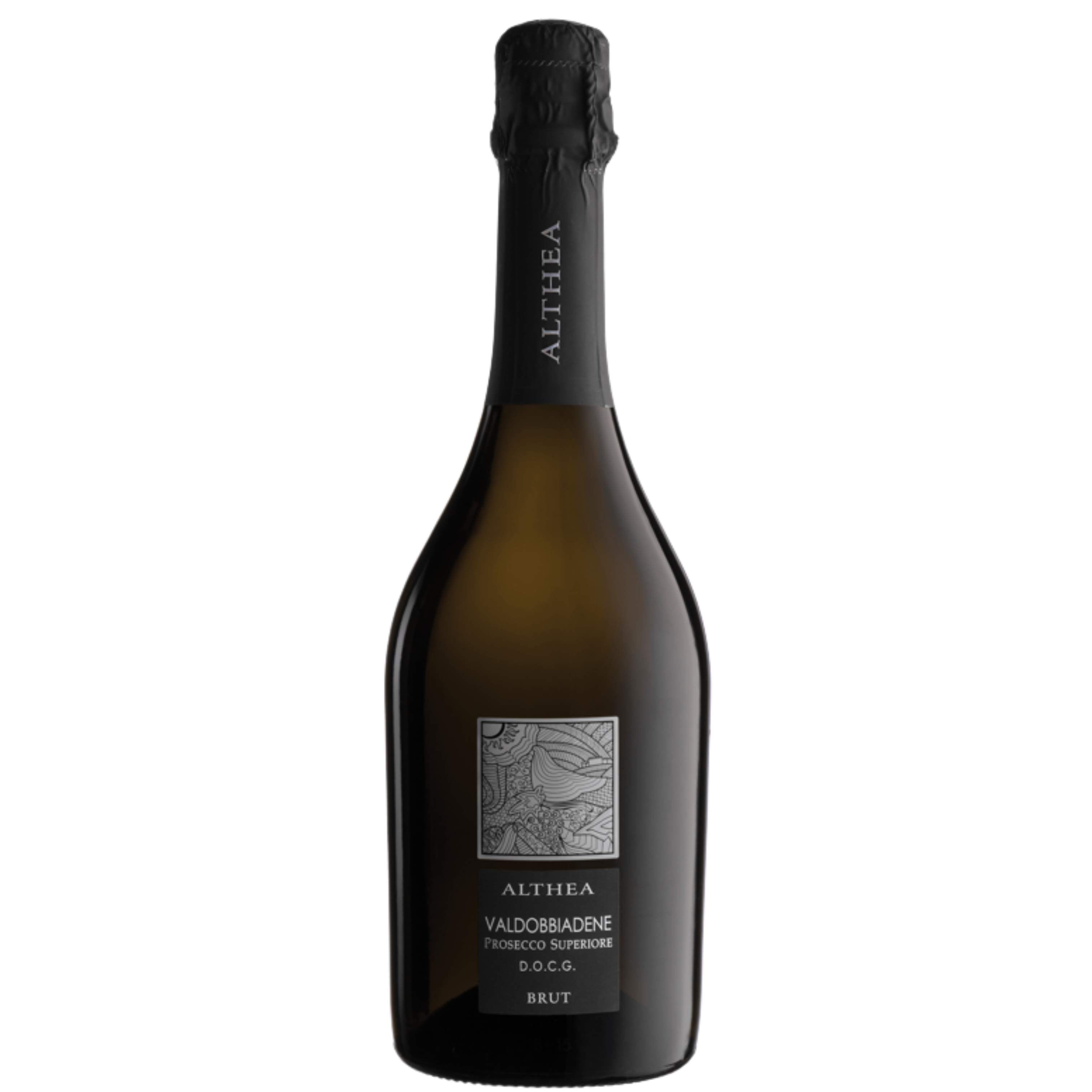Your shopping bag is empty
Go to the shopAll Wines
Easter Picks
Top Picks
New In
Wine Boxes
Sale
Type
Style
Country
Grape/Blend
- Back to Wines
- Albarino
- Albillo
- Barbera
- Brancello
- Cabernet Sauvignon
- Caiño Tinto
- Carignan
- Chardonnay
- Cinsault
- Corvina
- Espadeiro
- Gamay
- Garganega
- Garnacha
- Garnatxa Negra
- Godello
- Greco di Tufo
- Grenache
- Macabeu
- Malbec
- Marsanne
- Mataro
- Mencia
- Merenzao
- Merlot
- Mourvèdre
- Muscadet
- Nebbiolo
- Pansa Blanca
- Parellada
- Pinot Nero
- Pinot Noir
- Piquepoul White
- Riesling
- Rolle
- Rondinella
- Sangiovese
- Sauvignon Blanc
- Shiraz
- Souson
- Syrah
- Tempranillo
- Trebbiano
- Treixadura
- Verdicchio
- Viognier
- Xarel-lo
2021 ELY winebar. All rights reserved.
Italian Wines
Category
Country
- Argentina
- Australia
- Austria
- Chile
- France
- Alsace
- Bordeaux
- Margaux (Bordeaux)
- Medoc (Bordeaux)
- Burgundy
- Beaujolais
- Chablis
- Champagne
- Chateauneuf-du-Pape
- Côte-Rôtie
- Côte Chalonnaise
- Côte de Beaune
- Côtes du Rhône
- Jura
- Languedoc
- Loire Valley
- Pauillac
- Rhône
- Riviera del Garda
- Sancerre
- Vacqueyras
- Vin de Pays de L'Herault
- Germany
- Italy
- Alto Adige
- Asti
- Campania
- Colli Euganei, Veneto
- Nizza Monferrato
- Piedmonte
- Puglia
- Tuscany
- Valtellina Superiore
- Veneto
- New Zealand
- Portugal
- South Africa
- Spain
- Albillo
- Alella
- Alicante
- Cadiz
- Jerez
- Moclinejo
- Penedes
- Rias Baixas
- Ribeira Sacra
- Ribera del Duero
- Ribera del Mino
- Rioja
- Val do Salnes
- Vinos de Madrid
- Switzerland
Grape
- Albarino
- Albillo
- Barbera
- Brancello
- Cabernet Sauvignon
- Caiño Tinto
- Carignan
- Chardonnay
- Cinsault
- Corvina
- Espadeiro
- Falanghina
- Gamay
- Garganega
- Garnacha
- Garnatxa Negra
- Godello
- Greco di Tufo
- Grenache
- Jaen
- Macabeu
- Malbec
- Malvasia
- Marsanne
- Mataro
- Mencia
- Merenzao
- Merlot
- Monastrell
- Moscatel
- Moscato
- Mourvèdre
- Muscadet
- Nebbiolo
- Palomino
- Pansa Blanca
- Parellada
- Pinot Nero
- Pinot Noir
- Piquepoul White
- Riesling
- Rolle
- Rondinella
- Sangiovese
- Sauvignon Blanc
- Shiraz
- Souson
- Syrah
- Tempranillo
- Trebbiano
- Treixadura
- Ugni Blanc
- Verdicchio
- Viognier
- Xarel-lo
Style
Category
Country
- Argentina
- Australia
- Austria
- Chile
- France
- Alsace
- Bordeaux
- Margaux (Bordeaux)
- Medoc (Bordeaux)
- Burgundy
- Beaujolais
- Chablis
- Champagne
- Chateauneuf-du-Pape
- Côte-Rôtie
- Côte Chalonnaise
- Côte de Beaune
- Côtes du Rhône
- Jura
- Languedoc
- Loire Valley
- Pauillac
- Rhône
- Riviera del Garda
- Sancerre
- Vacqueyras
- Vin de Pays de L'Herault
- Germany
- Italy
- Alto Adige
- Asti
- Campania
- Colli Euganei, Veneto
- Nizza Monferrato
- Piedmonte
- Puglia
- Tuscany
- Valtellina Superiore
- Veneto
- New Zealand
- Portugal
- South Africa
- Spain
- Albillo
- Alella
- Alicante
- Cadiz
- Jerez
- Moclinejo
- Penedes
- Rias Baixas
- Ribeira Sacra
- Ribera del Duero
- Ribera del Mino
- Rioja
- Val do Salnes
- Vinos de Madrid
- Switzerland
Grape
- Albarino
- Albillo
- Barbera
- Brancello
- Cabernet Sauvignon
- Caiño Tinto
- Carignan
- Chardonnay
- Cinsault
- Corvina
- Espadeiro
- Falanghina
- Gamay
- Garganega
- Garnacha
- Garnatxa Negra
- Godello
- Greco di Tufo
- Grenache
- Jaen
- Macabeu
- Malbec
- Malvasia
- Marsanne
- Mataro
- Mencia
- Merenzao
- Merlot
- Monastrell
- Moscatel
- Moscato
- Mourvèdre
- Muscadet
- Nebbiolo
- Palomino
- Pansa Blanca
- Parellada
- Pinot Nero
- Pinot Noir
- Piquepoul White
- Riesling
- Rolle
- Rondinella
- Sangiovese
- Sauvignon Blanc
- Shiraz
- Souson
- Syrah
- Tempranillo
- Trebbiano
- Treixadura
- Ugni Blanc
- Verdicchio
- Viognier
- Xarel-lo
Style
Category
Country
- Argentina
- Australia
- Austria
- Chile
- France
- Alsace
- Bordeaux
- Margaux (Bordeaux)
- Medoc (Bordeaux)
- Burgundy
- Beaujolais
- Chablis
- Champagne
- Chateauneuf-du-Pape
- Côte-Rôtie
- Côte Chalonnaise
- Côte de Beaune
- Côtes du Rhône
- Jura
- Languedoc
- Loire Valley
- Pauillac
- Rhône
- Riviera del Garda
- Sancerre
- Vacqueyras
- Vin de Pays de L'Herault
- Germany
- Italy
- Alto Adige
- Asti
- Campania
- Colli Euganei, Veneto
- Nizza Monferrato
- Piedmonte
- Puglia
- Tuscany
- Valtellina Superiore
- Veneto
- New Zealand
- Portugal
- South Africa
- Spain
- Albillo
- Alella
- Alicante
- Cadiz
- Jerez
- Moclinejo
- Penedes
- Rias Baixas
- Ribeira Sacra
- Ribera del Duero
- Ribera del Mino
- Rioja
- Val do Salnes
- Vinos de Madrid
- Switzerland
Grape
- Albarino
- Albillo
- Barbera
- Brancello
- Cabernet Sauvignon
- Caiño Tinto
- Carignan
- Chardonnay
- Cinsault
- Corvina
- Espadeiro
- Falanghina
- Gamay
- Garganega
- Garnacha
- Garnatxa Negra
- Godello
- Greco di Tufo
- Grenache
- Jaen
- Macabeu
- Malbec
- Malvasia
- Marsanne
- Mataro
- Mencia
- Merenzao
- Merlot
- Monastrell
- Moscatel
- Moscato
- Mourvèdre
- Muscadet
- Nebbiolo
- Palomino
- Pansa Blanca
- Parellada
- Pinot Nero
- Pinot Noir
- Piquepoul White
- Riesling
- Rolle
- Rondinella
- Sangiovese
- Sauvignon Blanc
- Shiraz
- Souson
- Syrah
- Tempranillo
- Trebbiano
- Treixadura
- Ugni Blanc
- Verdicchio
- Viognier
- Xarel-lo
Style
Italian Wines
The country of choice for those in the know, and the producer of the best red wines on the planet. Bold statement? Maybe, but we can back it up. Firstly, there’s the grape varieties. Nobody knows exactly how many are indigenous to Italy, but it’s a lot- somewhere between 300- 1000. Then you have to remember that most of these grapes are only grown locally, not across the country, and certainly not on the other side of the world (there are always exception, but not many). What this means for wine lovers is that you find a mind-boggling array of grape varieties planted, from far up in the Italian Alps to the slopes of Sicilian volcanoes. But more importantly, and unlike the many great French varieties, they are not grown in Barossa or Napa, Marlborough or Mendoza, so you don’t get “New World” equivalents. You can find Cabernet Sauvignon from various winegrowing locations that could rival a good Bordeaux, but nothing comes close to a Nebbiolo from Piedmont, or Tuscan Sangiovese. So, most Italian wines are made from Italian grapes which you are unlikely to find grown anywhere else.
Then there’s the wines themselves. At their best, Italian reds are the most beautifully balanced of all wines, with the holy trinity of elements – tannin, acid and fruit – in perfect harmony. The tannin can seem quite forthright in some, the acidity can be very direct, but these are wines for the table, and it is the grip of the tannin and the cut of the acid that makes them such a pleasure to drink. You can appreciate the wines on their own, but you only really experience them fully with food. This doesn’t only apply to the top wines- all Italian reds drink well with food, but some really need it to show their true potential.
That is certainly true of Tuscany, the region most closely associated with Italian reds. Here, Sangiovese is king, and finds its best expressions in Chianti Classico, Vino Nobile de Montepulciano and the majestic Brunello di Montalcino. Tannic and enticingly savoury, it combines red cherry fruit with dried herbs, tea, tobacco and leather.
Piedmont also has a fair claim to the crown, and in the two Nebbiolo wines of Barolo and Barbaresco it produces the most ethereal and expressive of all Italian wines. They often need a few years to temper the tannins and soften the edges, but they age magnificently and can last for decades. Gattinara produces some similarly structured but more approachable wines, and Valtellina up in the Alps is making some of our favourite Nebbiolo – smooth and seductive, with fine tannin, great freshness, floral and cherry notes, but with a softness and easy charm you wouldn’t normally associate with Nebbiolo.
Elsewhere, Sicily is charming everyone with Etna Rosso, like an Italian Pinot with a volcanic attitude, and the richly indulgent reds of Valpolicella Ripasso and Amarone are perfectly suited to the change in season. Exceptional value can be had all over, too. Barbera and Dolcetto play second (and third) fiddle to Nebbiolo but both make incredibly satisfying wines. Nero d’Avola and Negroamaro are no-brainers for warm, spicy and flavoursome reds at good prices, and Montepulciano d’Abruzzo is the mid-week red you’ve always known you needed.
Italian white varieties are equally numerous, although you wouldn’t think it to look at the shelves in many big retailers, where one grape is so ubiquitous that is has push all others to the shade. That’s not to diss Pinot Grigio- the grape is capable of producing some very fine wines. But so much of what passes for it in supermarkets is so totally devoid of flavour and character that it is identifiable only by its blandness. The real shame is that nothing else gets a look in, because when it comes of characterful, flavoursome whites Italy has so much to offer. Soave is strikingly good, especially some of the single vineyard wines from top producers, and nearby Gambellara offers similar wines at even better value. Gavi di Gavi should be sought out by lovers of Chablis, who will appreciate its nervy disposition and subtle fruit. Further south, the trifecta of Greco, Fiano and Falanghina make some of Italy’s most interesting wines in Campania, while Grillo, Catarratto, Carricante, Inzolia and Zibbibo are doing wonders in Sicily. And that’s just the start. There are unique wines to be discovered in every valley and on every hillside in this remarkable country. A genuine treasure trove of vinous delights.
Brovia Winery

We aren't the only ones to think so either!
Cathal McBride of the Business post praised not one, but three of their wines at the weekend, describing the Barbera as a "full-bodied but lively, fresh and agile' and the Dolcetto as a perfect chilled wine with just the right level of fruitiness and a "balanced structure".
He hails the Arneis too as “clean, fresh and mineral on the nose…an elegant balance of crisp apple and considered acidity”
John Wilson of The Irish Times is also a big fan, calling the Barbera "dangerously seductive" and we couldn't agree more!
As you’d expect from one of the finest producers of Barolo, their Nebbiolo is a standout – “This is Nebbiolo at its most refined, elegant and fragrant. Perfumed with raspberry and red cherry fruit, hints of spice and a velvety finish”
The Brovia estate was founded in 1863 in the village of Castiglione Falletto, in the heart of the Barolo district. The Brovia family still own and operate the vineyard today with the fourth generation at the healm. In the early 1900s production was disrupted due to WWI, WWII and a phylloxera plague. In 1953, Giacinto and Raffaele restarted wine production. Giacinto is still in charge of wine production today with the help of his two daughters Cristina and Elena!
The Brovia estate was founded in 1863 in the village of Castiglione Falletto, in the heart of the Barolo district. The Brovia family still own and operate the vineyard today with the fourth generation at the healm. In the early 1900s production was disrupted due to WWI, WWII and a phylloxera plague. In 1953, Giacinto and Raffaele restarted wine production. Giacinto is still in charge of wine production today with the help of his two daughters Cristina and Elena!
The Brovias, over the last 150 years or so, have accrued some of the finest vineyard sites in, concentrating their efforts in their home village of Castiglione Falletto and the neighboring Serralunga d’Alba. Brovia owns land in a variety of the best “cru” of Piedmont such as Rocche, Villero and Garblét Sue. The Brovia estate encompasses 19.2 hectares with 55% of the production dedicated to Barolo, 25% in Dolcetto, 10% to Barbera and the remaining 10% produced from Arneis, Nebbiolo d’Alba and Freisa
With all these varying plots come a range of soil types, from heavier clay to friable limestone. The Brovias are extremely responsible and conscientious winegrowers and farm organically in every sense of that word (without being formally certified).

Harvest is done entirely by hand and usually begins in late September with the Dolcetto, Arneis and Barbera; of course, the Nebbiolo ripens later, and harvest for the various Baroli occurs normally in mid-October.

The Brovia wines are vinified in the classic style where grapes are lightly crushed before going into fermentation tanks. The length of the fermentation period depends on the grape variety but the Nebbiolo for various Barolo cuvées can extend as long as one month or more at temperatures between 28 - 30 degrees Celsius.
The Baroli are aged for at least two years in Slavonian and French oak barrels. The wines are then bottled without filtration, bottle aged for a further 18 to 24 months and then released for sales.
The cuvées of Dolcetto and Barbera are handled differently, with the Dolcetto being aged in stainless steel tanks and the Barbera in stainless with a portion of the Serralunga-based wine in smaller barrels with a portion going into French oak barrels for 9 – 10 months.
The wines are then bottled without filtration.



